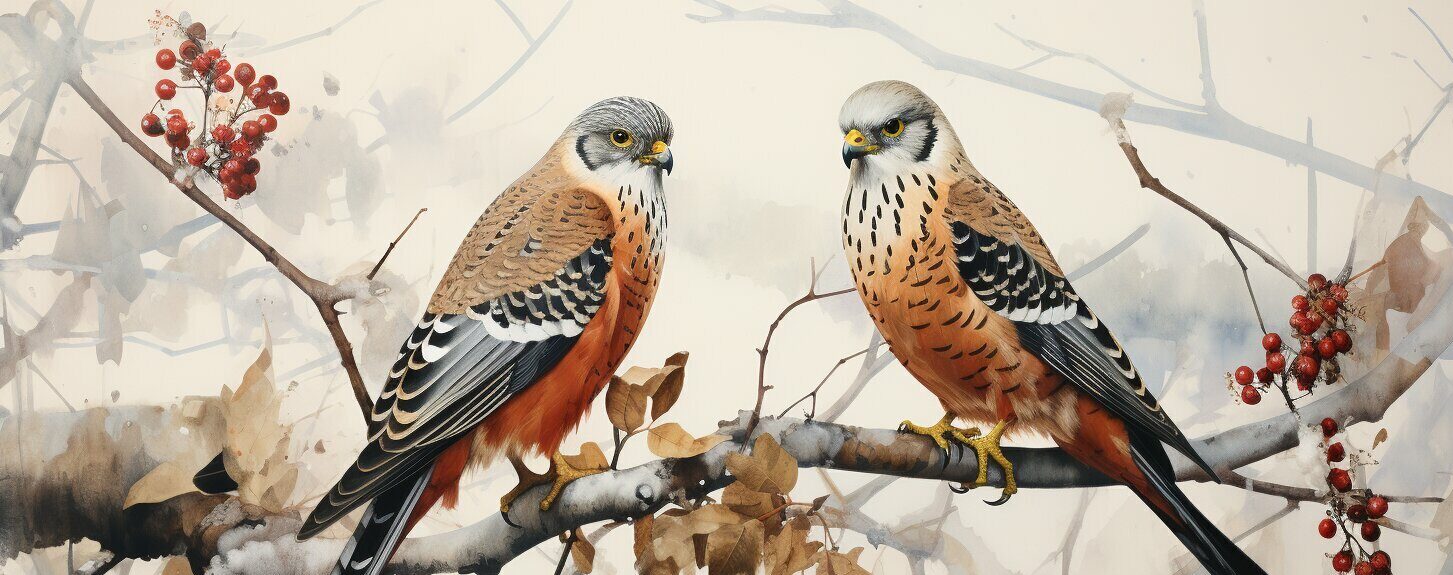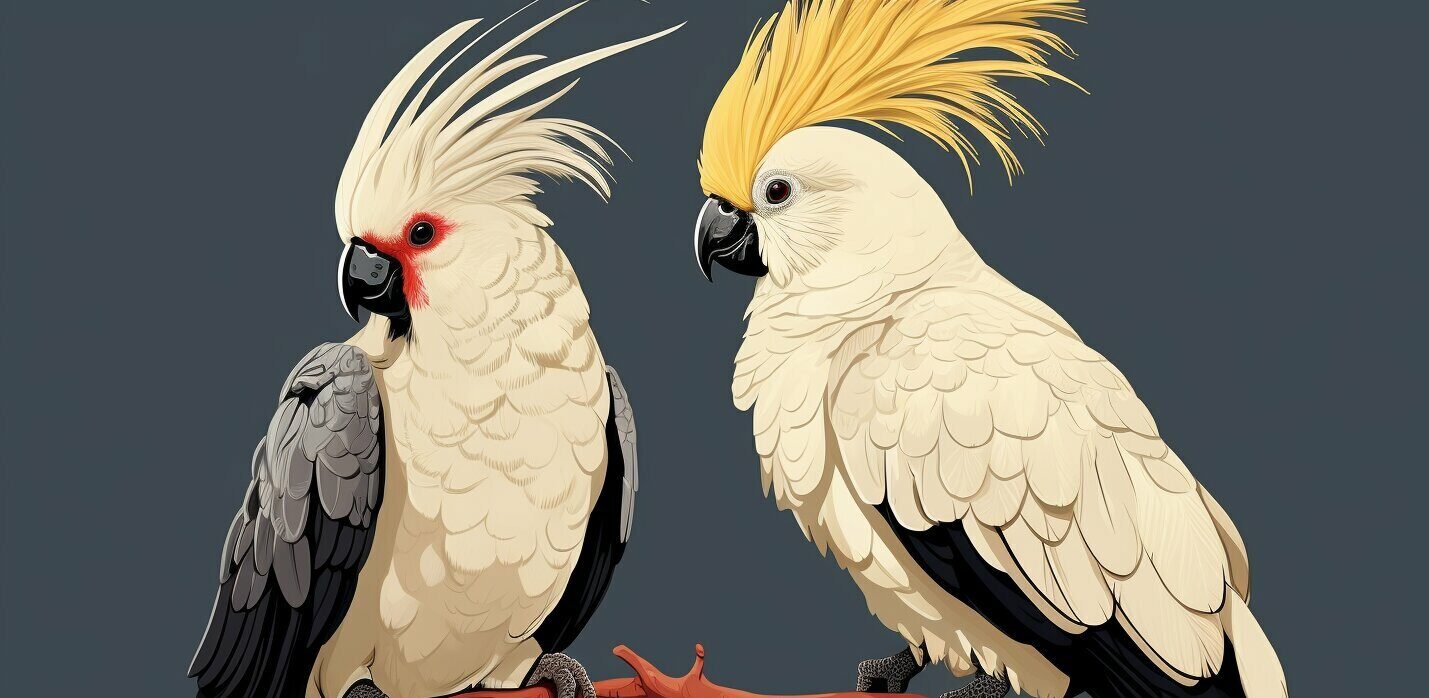Gulls and terns are two groups of birds that are often confused with each other. While they may share some similarities, there are distinct differences that set them apart. Understanding these differences can help in distinguishing between gulls and terns.
When it comes to appearance, gulls are larger birds with long necks and stilt-like legs. Terns, on the other hand, are smaller and more streamlined with thinner, sharper bills. In terms of behavior and feeding habits, gulls are omnivores and will eat almost anything, while terns primarily feed on fish. These differences in appearance and behavior can help in distinguishing between gulls and terns.
Key Takeaways:
- Gulls and terns have distinct differences in their appearance and behavior.
- Gulls are larger with long necks and stilt-like legs, while terns are smaller and more streamlined.
- Gulls are omnivores, while terns primarily feed on fish.
- Understanding these differences can help in distinguishing between gulls and terns.
Appearance and Plumage
When it comes to the appearance and plumage of gulls and terns, there are noticeable differences that can help in identifying these birds. Gulls have a heavier build with thicker bills that are hooked at the end. Their plumage undergoes significant changes throughout their first few years, with immature gulls being various shades of brown before transitioning to the adults’ signature gray and white with black accents.
Terns, on the other hand, have a sleeker and more streamlined body shape. They possess thinner, sharper, and more pointed bills compared to gulls. While there are differences in the appearance between adult and immature terns, the contrast is less striking compared to gulls. Their plumage remains fairly consistent, with most terns having a combination of white and gray feathers.
“Gulls have a heavier build with thicker bills that are hooked at the end.”
In terms of overall appearance, gulls have a bulkier and sturdier appearance, while terns have a more delicate and slender look.
Distinguishing Features:
- Gulls have thicker, hooked bills
- Gulls undergo significant plumage changes
- Terns have sleek bodies and pointed bills
- Terns have more consistent plumage
| Species | Gull | Tern |
|---|---|---|
| Bill Shape | Thicker and hooked | Thinner and pointed |
| Plumage Changes | Significant over first few years | Less noticeable changes |
Overall, observing their bills, body shape, and plumage can be helpful in distinguishing gulls from terns.
Behavior and Feeding Habits
Gulls and terns exhibit distinct differences in their behavior and feeding habits, which contribute to their unique characteristics and help differentiate between the two bird groups.
Starting with gulls, these birds are known for their opportunistic feeding behavior. They are often seen scavenging for food in various environments, including beaches, cities, and trash dumps. Gulls have adapted to a wide range of habitats and are not picky eaters. Their omnivorous nature allows them to consume a variety of items, including fish, insects, small mammals, and even human food. This versatile feeding habit is one of the key factors that sets gulls apart from terns.
Terns, on the other hand, have more specialized feeding habits. They are primarily fish-eating birds and rely heavily on marine environments for their food sources. Terns have a unique hunting technique known as plunge diving. They fly over the water with their heads bent sharply down, scanning for prey. Once they spot a potential fish, they dive straight down from a considerable height to catch their target, using their streamlined bodies and sharp bills to efficiently catch their prey. Unlike gulls, terns do not have webbed feet and do not swim. Their fishing-focused behavior is a key characteristic that distinguishes them from gulls.
Feeding Habits Comparison:
| Gulls | Terns |
|---|---|
| Omnivorous | Fish-eating |
| Scavengers | Plunge divers |
| Can eat a variety of items | Relies primarily on fish |
Quote: “Gulls are opportunistic feeders, while terns are specialized fish hunters. Understanding their feeding habits is crucial to differentiating between these fascinating bird groups.” – Bird Expert
In summary, the behavior and feeding habits of gulls and terns provide valuable insights into their unique characteristics. Gulls are versatile omnivores, scavenging for food in various environments and consuming a wide range of items. Terns, on the other hand, are specialized fish hunters, relying on their plunge diving technique to catch their prey. By understanding these distinct behaviors, bird enthusiasts and beachgoers can more easily differentiate between gulls and terns and appreciate the fascinating diversity of avian life.
Different Types of Gulls and Terns
Gulls and terns encompass a variety of species that can be found across different regions. Let’s explore some of the common types of gulls and terns:
Gulls:
| Gull Species | Description |
|---|---|
| Ring-billed Gull | This gull species can be recognized by the distinct black ring around its yellow bill. |
| Herring Gull | Herring gulls have a larger build and primarily feed on aquatic species. |
| Laughing Gull | Laughing gulls are smaller in size and have a distinctive black head during the summer. |
Terns:
| Tern Species | Description |
|---|---|
| Common Tern | The common tern is the most numerous tern species and can be found in various habitats. |
| Roseate Tern | Roseate terns have a more localized distribution and can be identified by their rosy plumage. |
| Least Tern | Least terns are small in size and prefer nesting on sandy beaches. |
These are just a few examples of the different gulls and terns that can be encountered. Each species has its own unique characteristics and behavior patterns, making them fascinating subjects for birdwatchers and nature enthusiasts.

Distribution and Habitat
Gulls and terns can be found in various habitats, each species having its own preferred distribution. Gulls are highly adaptable birds and can be seen in both coastal and inland areas. They are often found in cities, beaches, and even out in open ocean. Gulls have a wide-ranging distribution and can be seen in many parts of the world. They are commonly spotted in North America, Europe, and Asia.
Terns, on the other hand, have specific habitat requirements. They prefer quiet sandy beaches for nesting and can also be found in estuaries and other habitats close to the shore. During their breeding season, terns typically gather in colonies on coastal islands and in marshes. They can be found in North America, Europe, Africa, and Asia. Some tern species undertake long-distance migrations, traveling thousands of miles to reach their breeding or wintering grounds. For example, the Arctic tern has one of the longest migration routes, covering a distance of up to 44,000 miles round trip.
To get a closer look at gulls and terns in their natural habitats, birdwatchers and beachgoers can visit coastal areas, including beaches, cliffs, and coastal wetlands. These locations provide excellent opportunities to observe the behaviors and interactions of these fascinating birds. Coastal bird reserves, national parks, and wildlife refuges are also great places to spot gulls and terns, as these protected areas provide important nesting and foraging grounds for these birds.
Gull and Tern Distribution by Species
| Gull Species | Distribution |
|---|---|
| Ring-billed Gull | North America, Europe |
| Herring Gull | North America, Europe, Asia |
| Laughing Gull | North America, Caribbean, South America |
| Tern Species | Distribution |
|---|---|
| Common Tern | North America, Europe, Asia, Africa |
| Roseate Tern | North America, Europe, Asia, Africa |
| Least Tern | North America, Caribbean, South America |
These tables provide a glimpse of the distribution of some common gull and tern species. It is important to note that these distributions can vary based on the season and migration patterns of these birds. To get the most accurate and up-to-date information on the distribution and habitat preferences of gulls and terns, it is recommended to consult field guides, scientific literature, and local birding resources.
Conclusion
In conclusion, gulls and terns may appear similar at first glance, but there are key differences that set them apart. Gulls are larger birds with stilt-like legs, while terns have a more streamlined and delicate shape. Gulls are omnivores, feeding on a wide variety of items, whereas terns primarily feast on fish.
When it comes to appearance and plumage, gulls have a heavier build with thicker bills that are hooked at the end. Their plumage changes as they mature, transitioning from brown to gray and white with black coloration. On the other hand, terns have a sleeker physique with thinner and sharper bills, and the contrast between their adult and immature plumage is less noticeable.
Behaviorally, gulls are opportunistic scavengers, often found near human settlements in search of food. Terns, however, are specialized hunters that dive from heights to catch fish. Gulls are known to swim using their webbed feet, while terns do not have webbed feet and rely on their aerial agility for hunting.
Understanding these differences can aid bird enthusiasts and beachgoers in distinguishing between gulls and terns. Whether it’s their appearance, feeding habits, or preferred habitats, these unique characteristics contribute to the beauty and diversity of these bird species.
FAQ
What are the main differences between gulls and terns?
Gulls are larger birds with long necks and stilt-like legs, while terns are smaller and more streamlined. Gulls have thicker bills that are hooked at the end, while terns have thinner, sharper bills. Gulls are omnivores and eat a variety of items, while terns primarily feed on fish.
How can I distinguish between gulls and terns based on their appearance?
Gulls have a heavier build with thicker bills, while terns are sleeker and more streamlined. Gulls have gray and white plumage with black coloration, while terns have less noticeable differences between adult and immature plumage.
What are the differences in behavior and feeding habits between gulls and terns?
Gulls are opportunistic feeders and will scavenge for food, including human food and items found in trash cans. They are omnivores. Terns are specialized and primarily feed on fish. They hunt by flying over the water and diving straight down from a height to catch their prey.
What are some common gull and tern species?
In North America, common gull species include the ring-billed gull, herring gull, and laughing gull. Common terns are the most numerous terns in the area, but roseate terns and least terns can also be found, although they are less common.
Where can I find gulls and terns?
Gulls can be found in both coastal and inland areas, including cities, beaches, and open ocean. Terns prefer quiet, sandy beaches for nesting and can also be found in estuaries and other habitats close to the shore.



